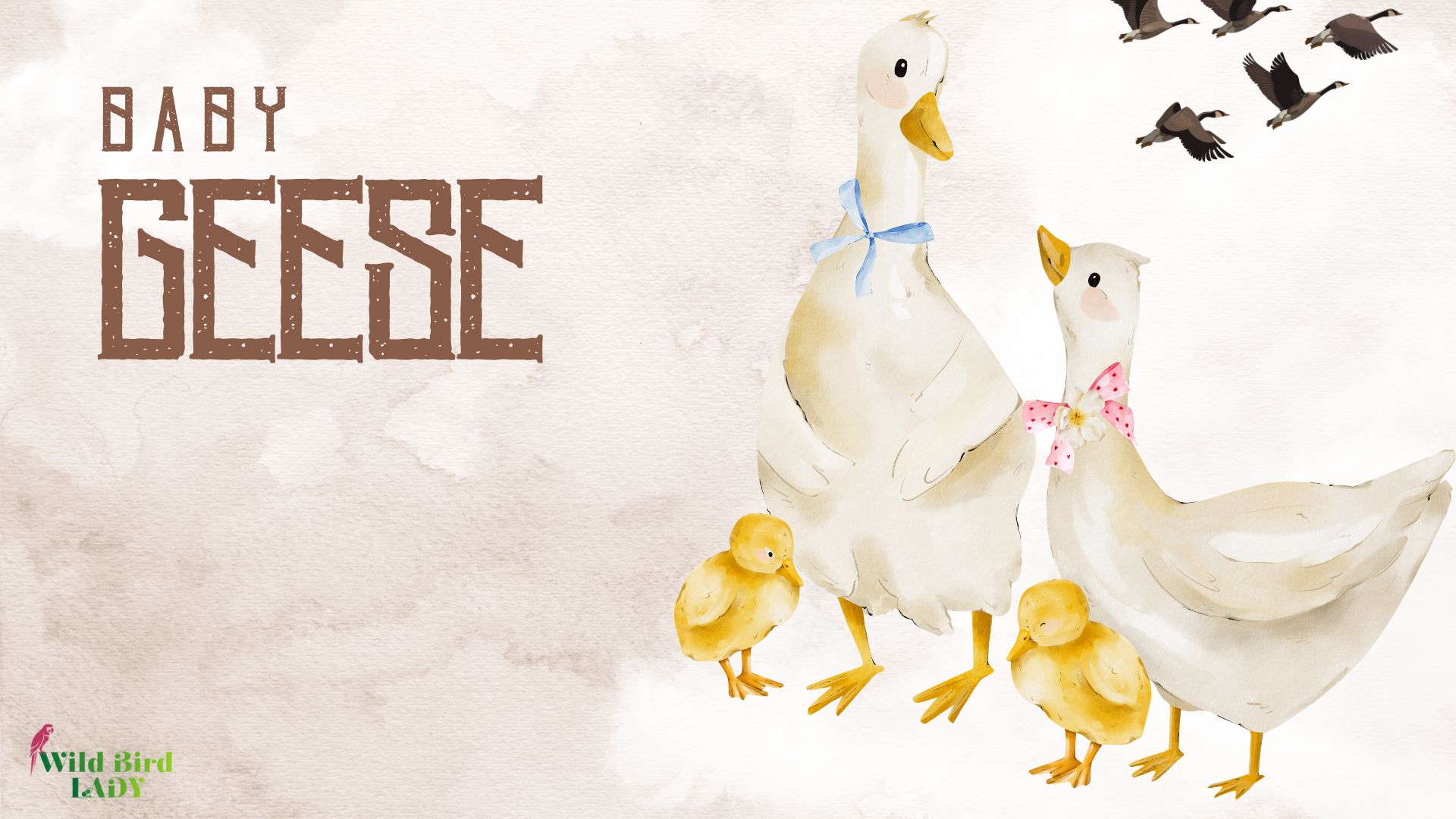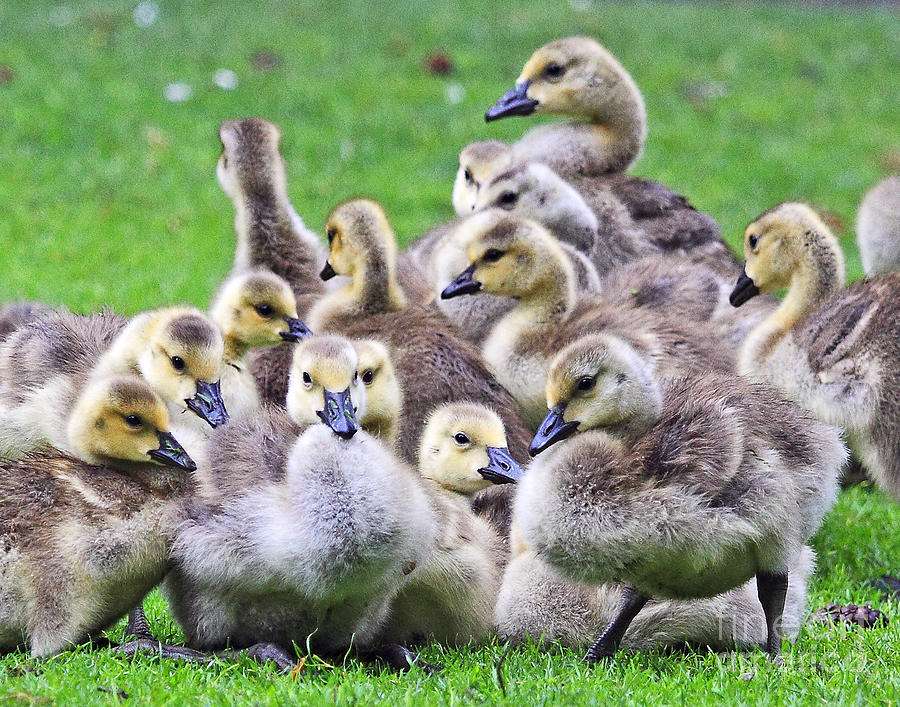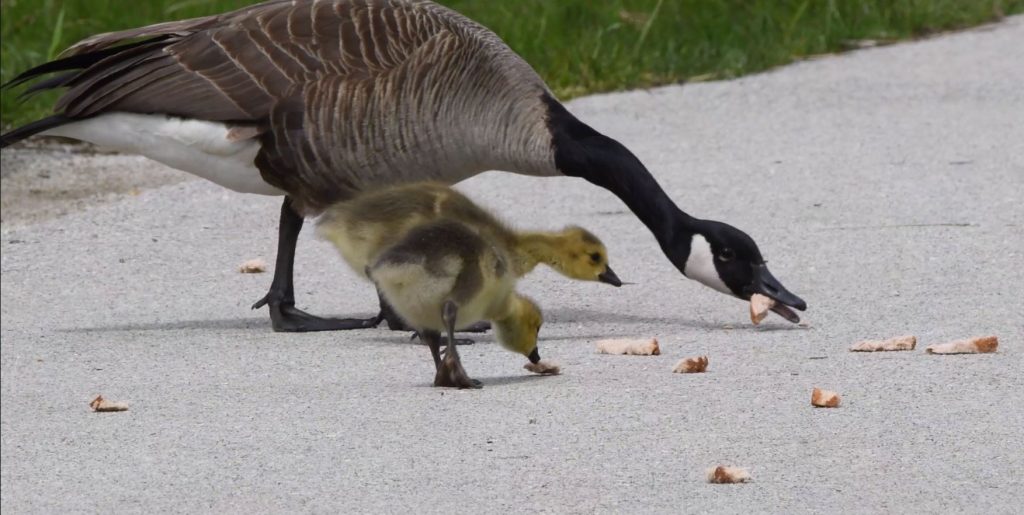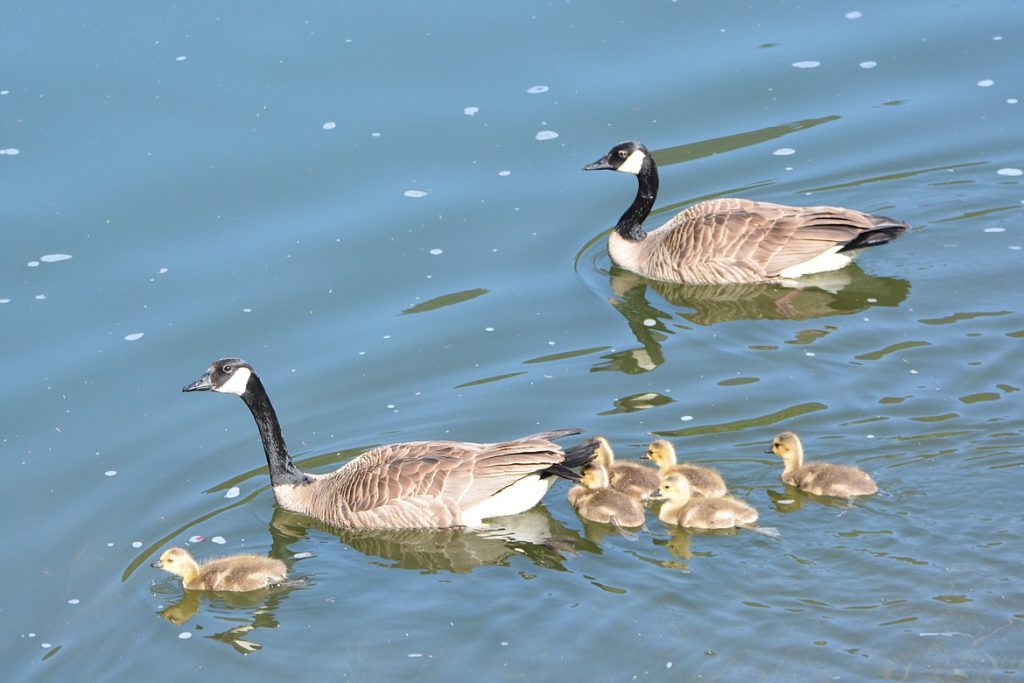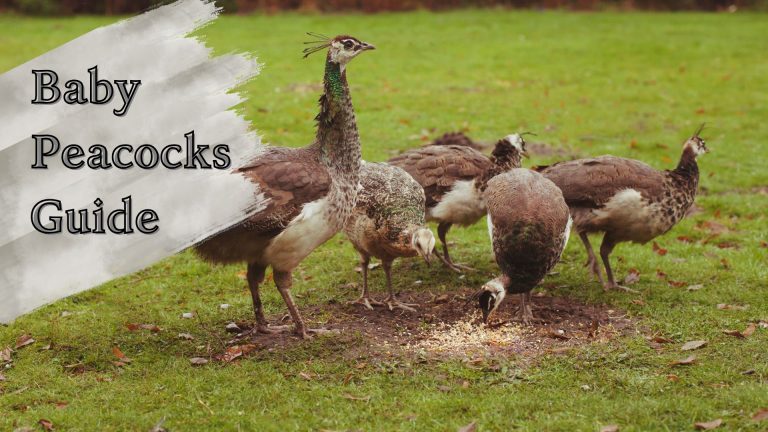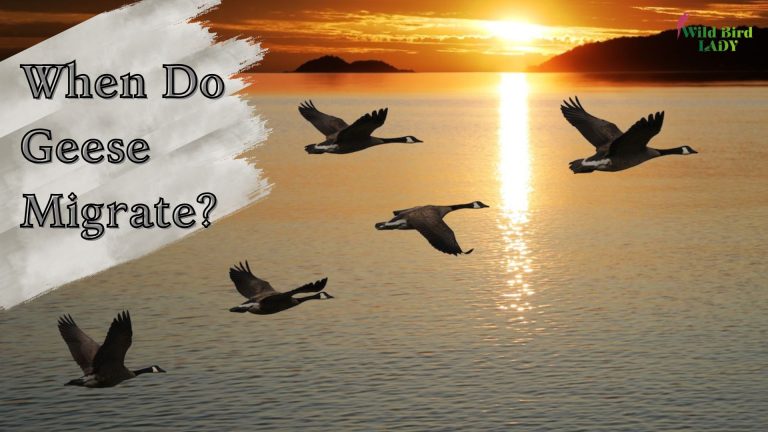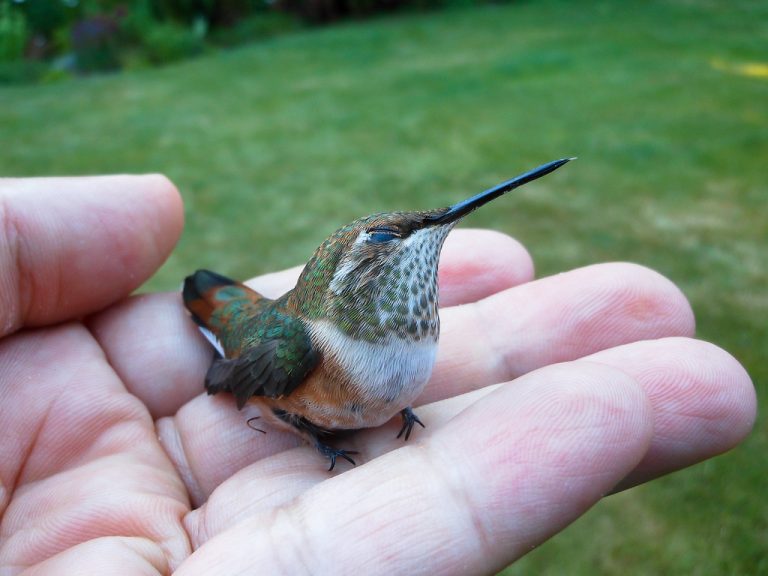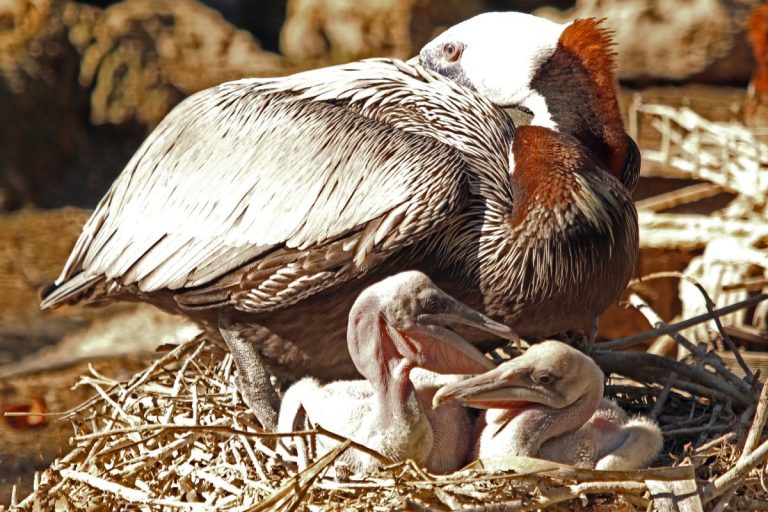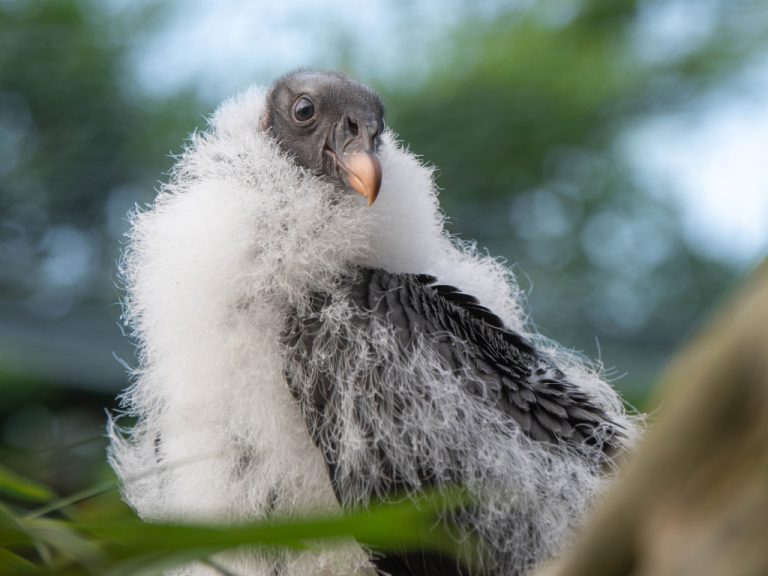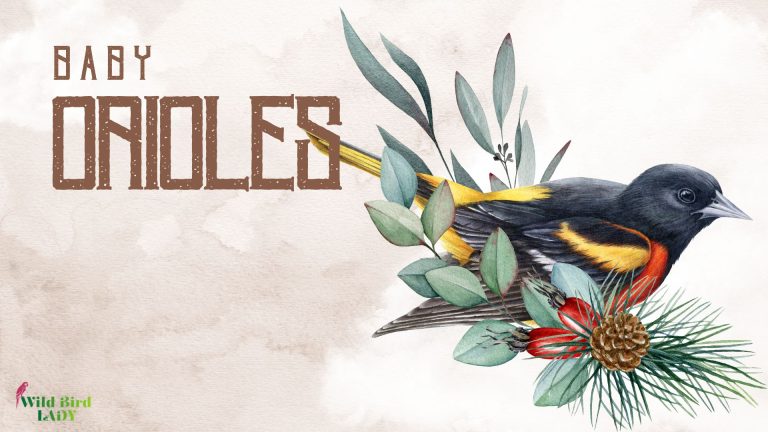Baby Geese 101: What They Look Like, Eat, and How to Help Them Thrive
By Rifat Ahmed, Birdwatching Expert (13+ years)
There’s something undeniably heartwarming about watching a line of fuzzy baby geese—also called goslings—waddle behind their parents near a pond or park. As a birdwatching enthusiast for over 13 years, I’ve had the privilege of observing these charming creatures from the moment they hatch to when they take their first flights. If you’ve ever come across baby geese and wondered how they grow, what they eat, or how you can support their survival, this guide is for you.
Let’s dive into the fascinating world of goslings—from their soft beginnings to their journey into adulthood.
What Are Baby Geese Called?
Baby geese are called goslings, a term that comes from the Middle English goselyn, meaning “little goose.” They hatch fully feathered with soft, downy fuzz, and unlike many baby birds, goslings are precocial—meaning they can walk, swim, and feed themselves shortly after hatching.
What Do Baby Geese Look Like?
When goslings first hatch, they are nothing short of adorable—fluffy little balls of down with wide eyes and oversized webbed feet that make them look slightly too big for their bodies. As someone who has observed dozens of broods over the years, I can tell you there’s no mistaking a baby goose once you’ve seen one.
Most goslings are covered in soft yellow or light brown down feathers, though coloration can vary slightly depending on the species. For example, Canada Goose goslings tend to have olive-tan backs with yellowish undersides, while Snow Goose goslings may appear more grayish. Their beaks and feet are usually dark gray to black, and their legs are sturdy enough to support walking just a few hours after hatching.
At birth, a gosling typically weighs 3 to 4 ounces (85–115 grams) and is roughly the size of a softball. They may look fragile, but they are surprisingly hardy, already equipped for mobility and exploration from day one.
Key Features of Baby Geese:
- Soft Down Feathers: Their body is fully coated in insulating down, which helps them regulate temperature outside the nest. Depending on the species, the down ranges in color from bright yellow to dusty tan or pale gray.
- Open Eyes and Alertness: Unlike many bird species born blind or helpless, goslings hatch with their eyes wide open and already alert to their surroundings. They begin following their parents within just a few hours of hatching—a behavior called imprinting.
- High Mobility: Baby geese are precocial, which means they’re born ready to move. Within a day, they are walking, swimming, and foraging alongside their parents and siblings.
- Vocal Communication: Even as hatchlings, goslings are surprisingly vocal. They make high-pitched peeping sounds to stay in contact with their parents and alert others to danger. These peeps also help parents keep track of them, especially in tall grass or crowded broods.
- Rapid Growth: Goslings grow at an incredible rate. Within the first 7–10 days, their baby fluff begins to give way to juvenile feathers. By week four, their wing feathers start emerging, and their body mass may have tripled or even quadrupled.
Developmental Milestones:
By the time they reach 4–6 weeks old, goslings begin developing flight feathers on their wings, although they’re still not quite ready to leave the ground. You’ll often see them flapping energetically as they build wing strength and coordination. Around 9–10 weeks, most are capable of short, low flights, and by 10–12 weeks, they are fully fledged and capable of joining the adult flock in migration or foraging.
What’s especially striking is the visual transformation. That once-puffy chick becomes sleek, streamlined, and nearly indistinguishable from a young adult goose. But their behavior still gives them away—they often stay close to their parents for months and rely on them for guidance until late fall.
When Are Baby Geese Born?
Goslings are typically born in spring, usually from late March to May, depending on the region and species.
Most North American geese, like the Canada Goose (Branta canadensis), mate for life and return to the same nesting grounds every year. The female lays 4–7 eggs and incubates them for 24–28 days, while the male guards the area.
Once hatched, the goslings are led to water within 24 hours, where they begin their life in the wild.
What Do Baby Geese Eat?
One of the most impressive things about goslings is how quickly they become independent. They begin foraging immediately after hatching and rely heavily on plant-based food sources.
Natural Diet of Baby Geese:
According to the Cornell Lab of Ornithology’s All About Birds, goslings are herbivores from day one. Their diet includes:
- Grass and clover (their favorite!)
- Aquatic plants such as pondweed and algae
- Seeds and grains
- Dandelions and other weeds
Although they’re born with the instinct to graze, goslings learn where and what to eat by watching their parents and siblings.
Do Baby Geese Eat Insects?
While not a primary food source, goslings sometimes ingest small insects, worms, or aquatic invertebrates while foraging. These offer occasional protein but aren’t a dietary staple.
Growth Stages of a Gosling
Here’s how goslings grow week by week:
| Age | Appearance & Abilities |
|---|---|
| 0–1 Week | Covered in yellow down, swimming, walking |
| 2–3 Weeks | Start growing pinfeathers on wings, grazing more |
| 4–5 Weeks | Body grows rapidly, start mimicking adult behavior |
| 6–8 Weeks | Nearly full-sized, practicing flapping and short flights |
| 9–10 Weeks | Capable of full flight, join adult geese in flock |
They typically stay with their family group through the fall migration and even reunite in wintering grounds.
Where Do Baby Geese Live?
Goslings are raised in wetland areas, marshes, lake edges, and riversides. Canada Geese, in particular, are highly adaptable and can raise their young in urban parks, golf courses, and suburban neighborhoods.
Nesting Habits:
- Nests are made of grasses and down, placed near water for quick access after hatching
- Mothers stay with eggs while fathers patrol the area
- After hatching, families travel together as a unit known as a brood
Goslings imprint on their parents within the first few hours of life, following them everywhere for protection and food guidance.
Predators of Baby Geese
Despite their parents’ fierce protective instincts, baby geese face a number of predators:
- Raccoons
- Foxes
- Snapping turtles
- Large fish (e.g., pike)
- Birds of prey like hawks and eagles
Even domestic dogs can pose a significant risk in public parks. Because of these threats, goslings have a high mortality rate in their first few weeks.
How Long Do Baby Geese Stay with Their Parents?
Goslings remain with their parents until late fall, when they either migrate south or settle into a wintering area.
Interestingly, family groups often stick together through multiple seasons, with juvenile geese even helping raise younger siblings in future broods.
Canada Geese, known for their strong family bonds, have been documented reuniting with family members year after year.
How You Can Help Baby Geese Thrive
As a long-time birdwatcher, I’ve seen both the joys and challenges baby geese face in our human-dominated world. Here are practical ways you can help:
1. Provide Safe Nesting Space
If you live near water, leave a quiet, grassy area undisturbed during spring. Avoid mowing close to shorelines where geese may be nesting.
2. Offer Fresh Water Access
Goslings need constant access to water for drinking and safety. Ponds, slow-moving streams, and shallow lakes provide ideal habitat.
3. Keep Pets Leashed
Dogs, even well-meaning ones, can stress or injure baby geese. Keep them leashed in nesting areas, especially during April–June.
4. Don’t Feed Bread!
While it’s tempting to toss bread to baby geese, it can lead to malnutrition and a condition called angel wing, which deforms their growing feathers. Instead, offer:
- Chopped greens
- Oats
- Cracked corn
- Bird-safe pellets
5. Clean Up Litter
Fishing lines, plastic bags, and soda rings can entangle or choke goslings. If you visit a park or lakeside area, take a minute to collect nearby trash.
Baby Geese and Urban Life
Canada Geese are thriving in urban areas, but that comes with its own set of challenges. Busy roads, lack of nesting cover, and frequent human interaction put goslings at risk.
Some cities have implemented “Gosling Crossing” signs, and a few even relocate families to safer green spaces. Still, the best approach is education and coexistence.
Fun Facts About Baby Geese
- Imprinting happens fast: Goslings recognize their parents within 24 hours.
- They swim right away: Unlike many birds, goslings take to water on day one.
- Siblings stick together: Broods often stay together for months, forming strong social bonds.
- Geese “babysit”: In large flocks, adult geese sometimes take turns watching multiple broods, forming what’s called a crèche.
Final Thoughts from the Field
Every spring, I look forward to seeing the first fuzzy goslings appear at my local wetlands. Watching them grow into confident, graceful birds is a reminder of how resilient and intelligent wildlife can be. But it also highlights how much they rely on safe environments and respectful coexistence with humans.
Whether you’re a birder, a nature lover, or someone who just stumbled upon a goose family during a weekend walk—remember that your small actions can make a big difference.
As the Cornell Lab of Ornithology says, “Each species’ survival depends on informed and compassionate stewardship.” Baby geese are no exception.
Read also: When Do Geese Migrate? The Best Times to Watch Their Spectacular Journey
FAQs About Baby Geese
❓ What should I do if I find a lost baby goose?
If the gosling appears healthy, give it space—parents are usually nearby. If it’s injured or truly abandoned, contact a licensed wildlife rehabilitator.
❓ Can baby geese survive without their parents?
It’s very unlikely. They rely on parents for warmth, protection, and survival guidance.
❓ How can I tell the age of a baby goose?
Feather development is the best indicator. Fluffy down = under 2 weeks. Partial flight feathers = 4–6 weeks. Fully feathered = around 8–10 weeks.
❓ Do geese reuse their nests?
Not usually. Geese prefer building fresh nests each season, often in the same general area.

